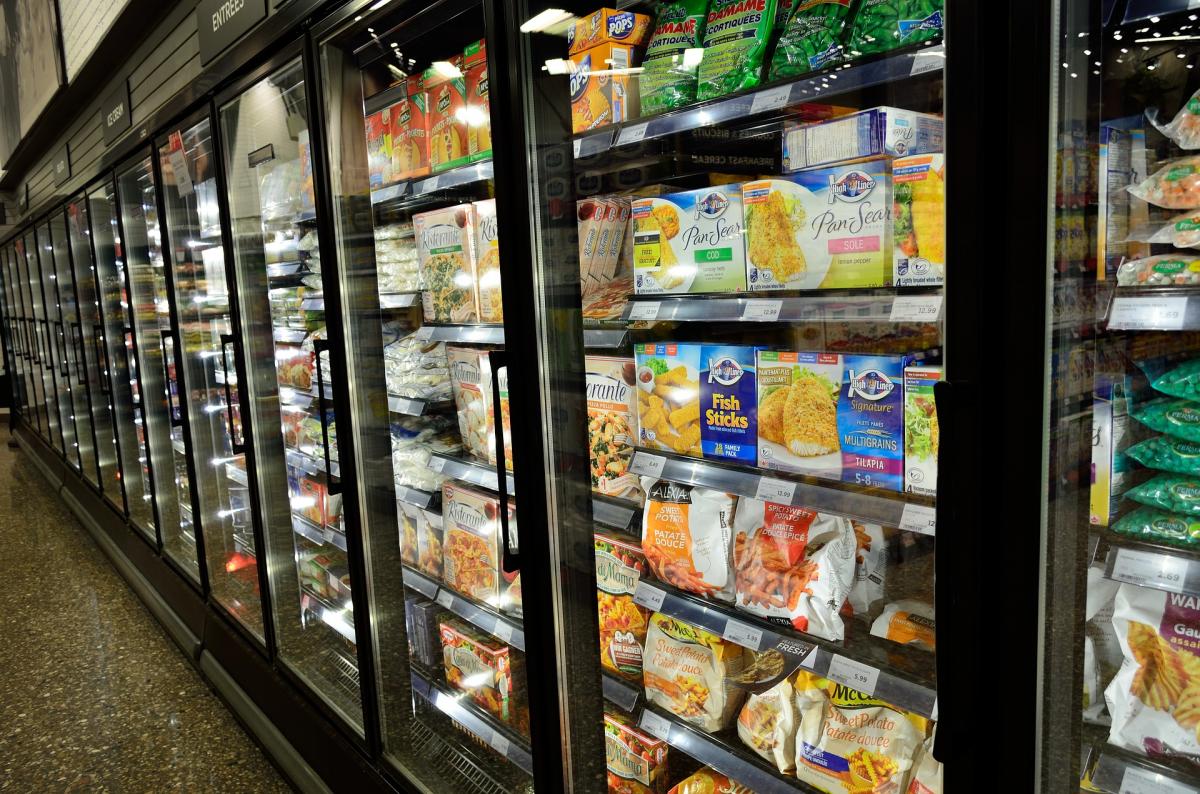While many individuals are credited with developing the technique of freezing food, in 1924, Clarence Birdseye invented the quick-freezing method that enables food to be frozen in the way that we know and use today. Regardless of the type of food being frozen, from meat to exotic fruits, the challenge is always to keep the product fresh and safe for consumers.
Customers demand quality and as a result, freezing techniques have needed to adapt over time. While freezing food had been possible prior to Birdseye’s invention, historical freezing methods were slow, meaning that ice crystals would rupture the cell membranes of the food, leaving it undesirable in both texture and taste once thawed.

Nowadays, frozen food is readily available both commercially and at home. Whether its mass produced pre-chopped vegetables and ready meals for the general public, or consumers preserving leftovers for a future date and salvaging near spoiled food from potential waste, we are well accustomed to frozen food being a staple part of our diets.
To maintain quality, food manufacturers look to individually quick-freeze products using industrial freezers, which not only freeze food and keep it fresh, but also make it consumer friendly. This can be difficult for smaller items, such as individual pieces of fruit, or pizza toppings, which can collect and freeze in bulk if not processed correctly.
Many manufacturers use industrial freezer processes, such as those supplied by Swedish food freezing experts, OctoFrost, which use bedplates to shake products so that they are individually and separately frozen. While this means that the time to freeze items is reduced as the surface area of the product is much smaller, it also means that products are individually useable either by second stage manufacturers, or consumers alike.
A chilly business
Frozen food manufacturing is a risky business. With temperatures potentially shifting anywhere between 25C and -30C degrees, hygiene requirements must be thorough to avoid risk of contamination and to protect public safety. Food manufacturing equipment must be cleaned regularly, often twice daily for some processes. Yet, with certain integral parts, like motors often being supplied with protective paint coatings, which can be subject to deterioration and damage under corrosive wash down conditions, there is potential for contamination issues to arise.
ABB worked closely with OctoFrost to develop a range of colorless motors to supply the industrial freezer range from the Swedish food freezing experts. While these type of motors are traditionally colored blue, ABB was able to develop and supply unpainted IE2 Process Performance LV fan motors to entire OctoFrost supply chain, as well as offering the range of colorless fan motors to OctoFrost customers that require replacement parts.
This also means that manufacturers can implement even the most rigorous of wash down procedures and there is no risk of paint flaking off and contaminating the food, at whatever stage of the process.
So, while freezing food can be a risky process, with food safety concerns always at the forefront of manufacturer’s minds, by working with suppliers like ABB, you won’t be left out in the cold.
Nike Air Jordan 1 Retro














